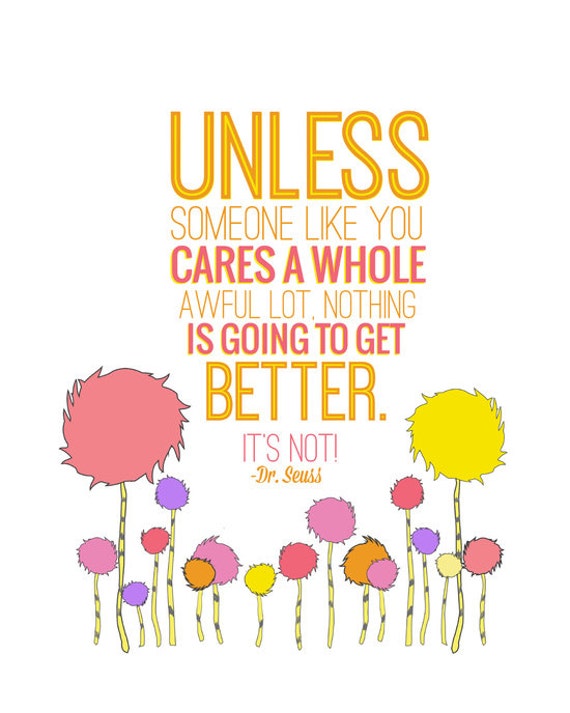For our final piece of GLAD, we were asked to write a blog post on a book Motivating the Middle by T.J. Sullivan. When we were first introduced to the book, I was curious to know what it would be about and what I could learn from it. It was a quick and easy read, but it was full of so much information about student organizations. This book gave the reader so much information on stereotypical members of organizations, who they are, what they want, and how you can accommodate them. Frankly, when reading the book it was clear to me that I would be a "top third" member. I know I have a set passion for my sorority and I am always willing to help it grow and develop.
The book also spoke upon the "middle third" members, this was the focus of the book. Sullivan wanted to convey to the readers that THESE are the members we as leaders should be focusing on. Sullivan also reassured the reader that it is normal to always want to focus on bottom third members (these are members that are absent and have no desire to contribute to the organization). But, focusing on these bottom third members will leave you tired and defeated. I completely agree and relate to this, when faced with bottom third members in any organization, it is hard for me to put myself in their shoes because I do not understand why they do not have to same passions that I do. After reading this book, it opened my eyes to the fact that people are just different. No matter how much you want them to care about what you do- it doesn't always happen that way, and that is okay.
So back to middle third members, I loved his theory and concept of these being the members you should focus on. Quite frankly, these are the members you should focus on. Sullivan says that even though they may not be the first to volunteer or be at events, they still come and that shows they care. I could not agree more with that. It makes so much sense to try and motivate these members and develop them into stronger leaders rather than focusing on the negative. This approach is very optimistic and "half full". These members are just half full, not half empty. If they have leaders that consistently push them to be better and recognize when they do good, that will be ammunition for them to step up into leadership roles and really give back to the organization.
I really cannot say enough great things about this book. It is empathetic, Sullivan is knowledgeable about what he is speaking on, and he understands where you are coming from. He starts his book with realizing that the people reading it are top third leaders, and he knows it. I thought that was an awesome set up because he is speaking to those who he knows directly care about the organization and want to see it blossom. For any organization that finds themselves struggling with membership or drive, I would definitely recommend this book for new ideas on how to help your organization. I think it is important to remember that for top third members, it is okay that you care so much. As Dr. Seuss once said, "Unless someone like you cares a whole awful lot, nothing is going to get better. It's not". So use that drive to do better for yourself and your organization.

No comments:
Post a Comment